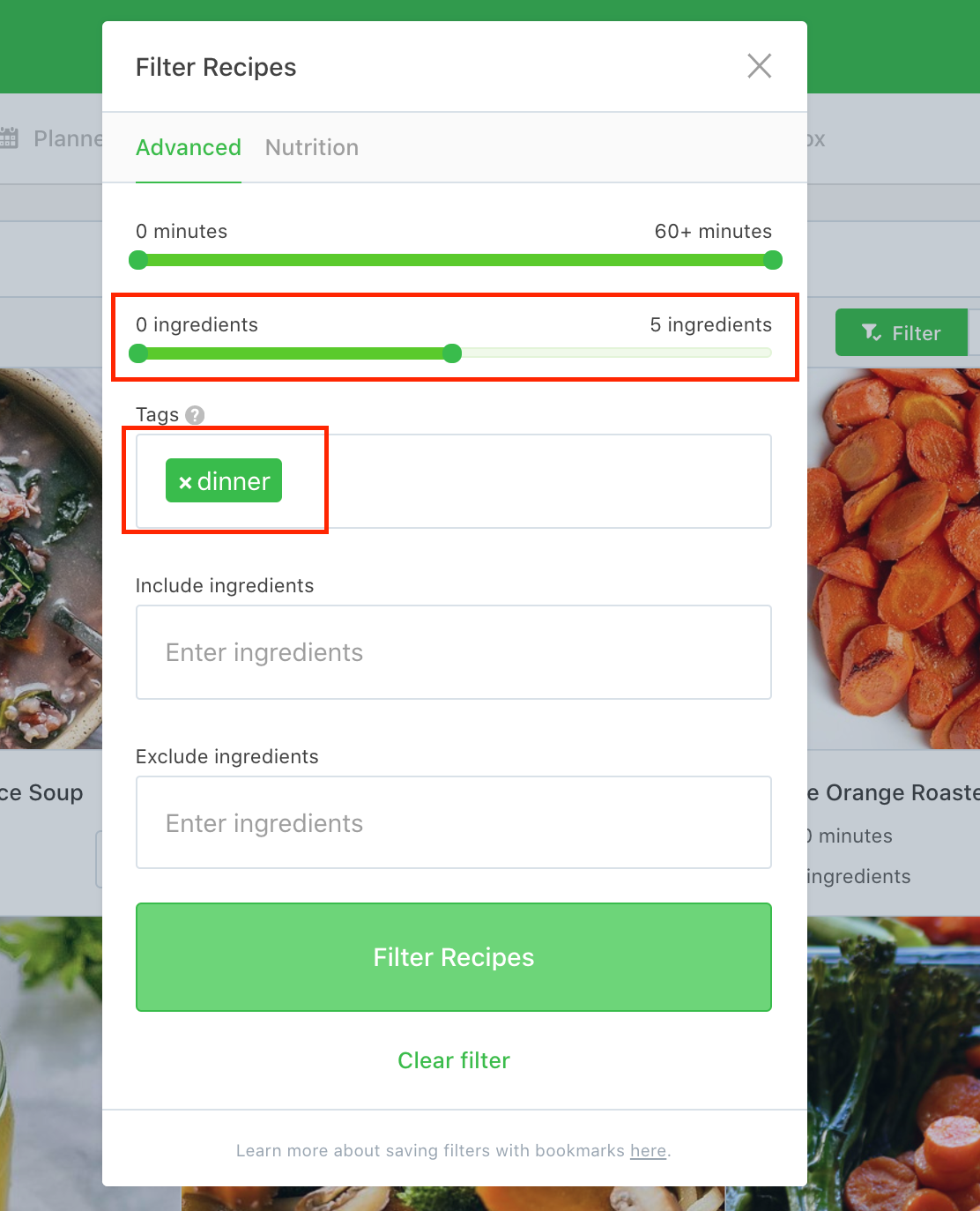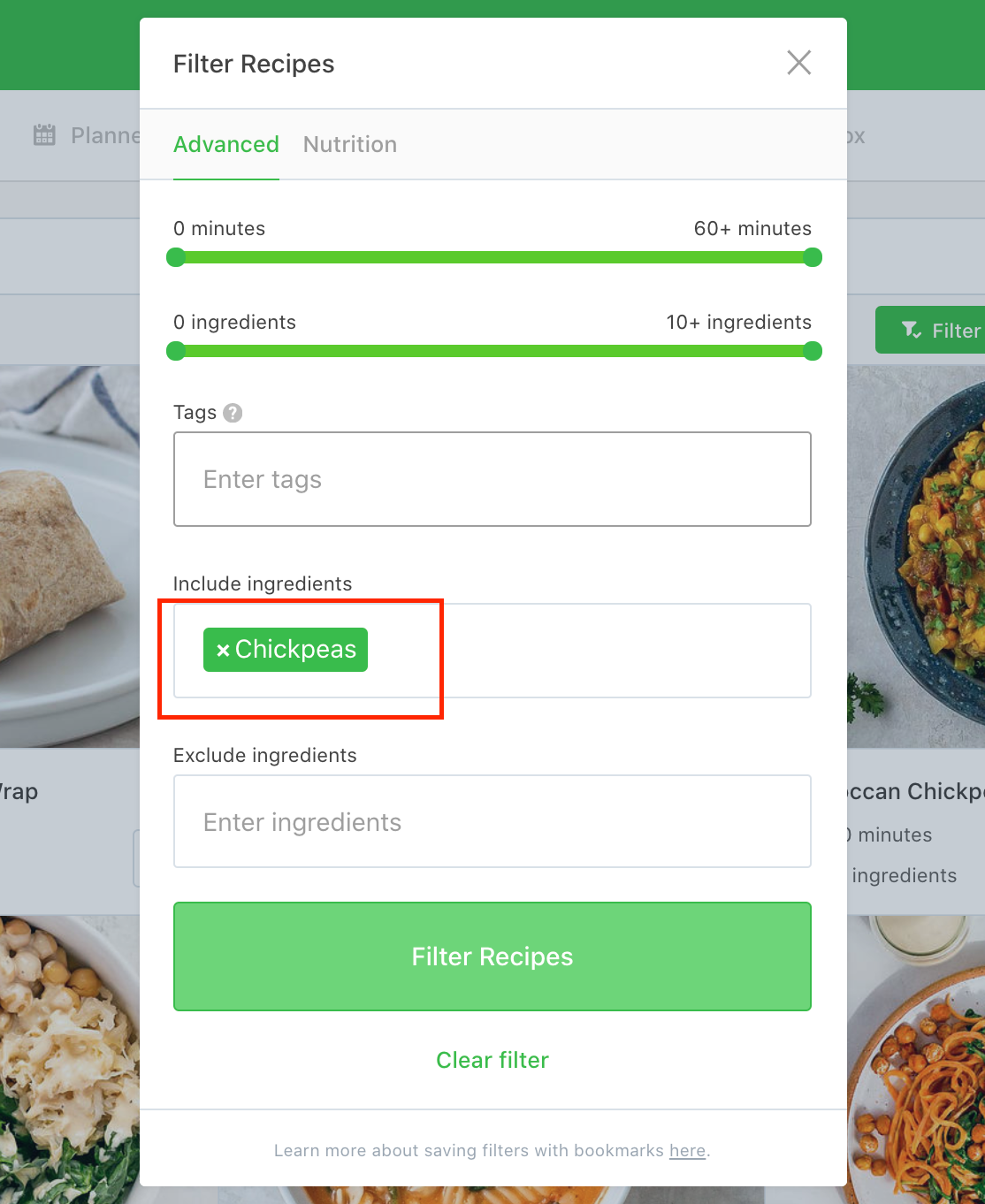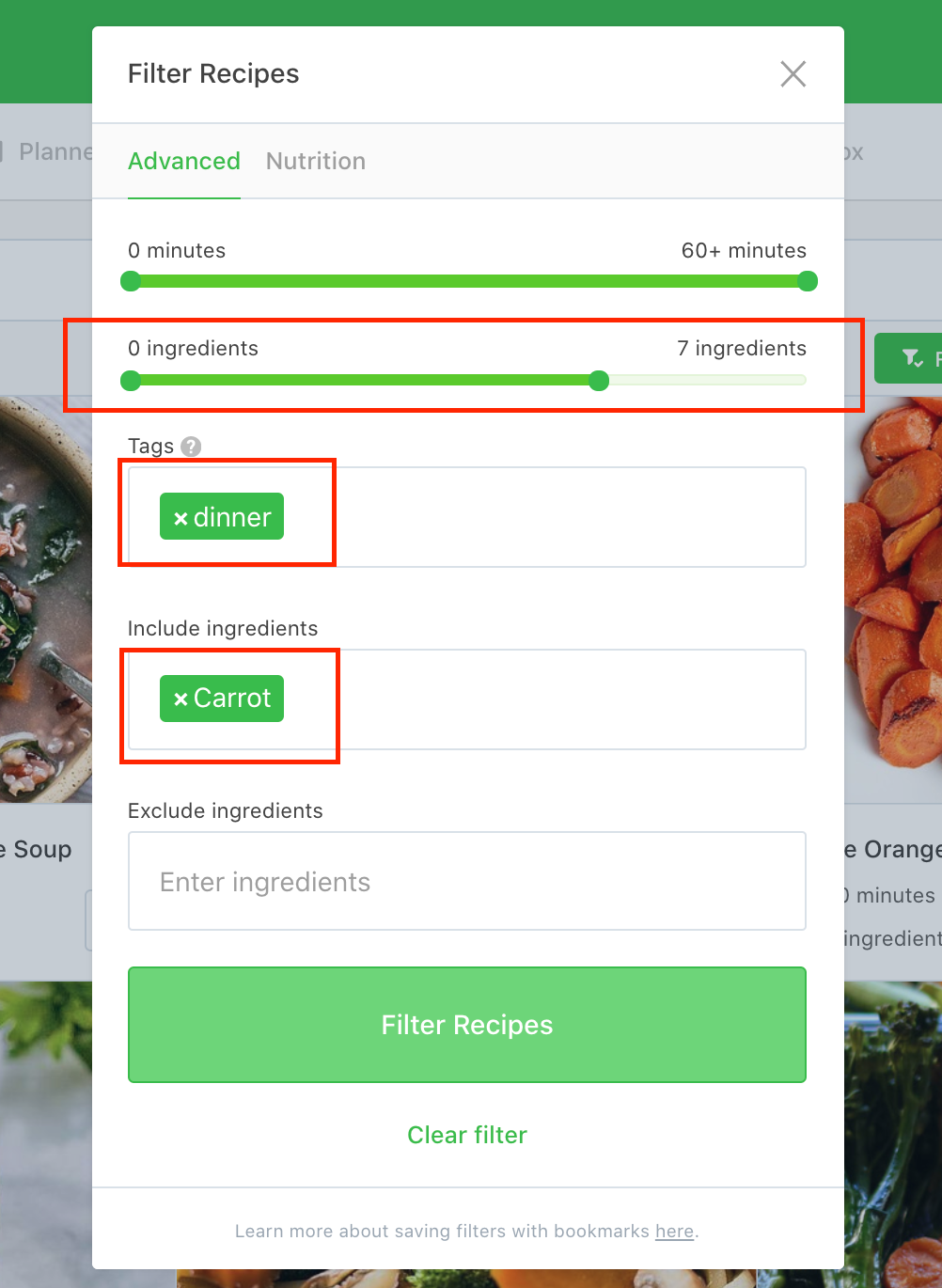Accessibility. “The quality of being easy to obtain or use.”
When applied to nutrition services, accessibility means your offerings, whether online or otherwise, are available to those who need them.
When you improve the inclusivity and accessibility of your services, you include many people in marginalized communities who are often overlooked when it comes to nutrition care. You can improve the accessibility of your services through some pretty simple changes.
Today we are exploring ways you can welcome more people to your nutrition business with open arms while remaining consistent in your message and being clear about who your nutrition services help.
1. Use Inclusive Language
We communicate with those around us through the words that we use. These words have the power to make someone feel included or completely excluded.
Inclusive language avoids biases, slang, or expressions that discriminate against groups of people based on race, gender, or socioeconomic status. Inclusive language allows you to connect with more people by speaking and writing in more impartial ways.
Here are some language tips that can make your nutrition business more inclusive:
- Refer to a theoretical person as 'they' instead of 'he' or 'she'.
- Ensure your business designs and images reflect a diverse group of people.
- When working with individuals, always ask what their personal pronouns are.
- Use a language interpreter to assist in communication when needed.
- Reflect on your own cultural biases and the language you use regularly.
- Commit to engaging in cultural interactions to better understand your clients and eliminate stereotyping through language.
Now is a great time to review your website copy, sales page, and social media pages to ensure your language and images are inclusive and welcoming.
2. Offer Sliding Scale Fees
There will always be people who can’t afford your services. One solution is to offer sliding scale fees to allow marginalized folks to work with you at a price point they are comfortable with.
A sliding scale offers multiple payment tiers for customers who can only afford certain levels. It is similar to a "pay-what-you-can" model, which is another option to make your nutrition services more accessible to people who could otherwise not afford them.
For a great guide on how to set sliding scale fees, see here.
3. Create Affordable Nutrition Plans
When designing your nutrition plans, it is important to be mindful of the cost of food, and whether it is accessible for your client. First, conduct a Meal Planning Assessment. This will help you better understand things like your client's living situation, accessibility to fresh food, and any other challenges they might face.
Once you have conducted your assessment and better understand your client's situation, use the following tips to create more affordable and accessible meal plans:
Choose recipes that use few ingredients.
Choosing recipes for your client's nutrition plans that use fewer ingredients is a great way to cut down on their food costs. Be sure to use That Clean Life's filters to search for recipes that contain five or fewer ingredients.

Choose recipes that use ingredients your client already has.
Before creating a meal plan for a client, ask them what ingredients they currently have in their fridge, freezer, and pantry including condiments, oils, seeds, nuts, etc. Then, include recipes on their plan that use these ingredients. This can significantly reduce the cost of their grocery bill.
For example, let's say your client tells you that they have a case of canned chickpeas in their pantry. Use That Clean Life to search for recipes that use chickpeas and incorporate them into the plan.

Choose recipes that use similar ingredients.
Look for recipes that contain ingredients already used on the plan. This is another great way to keep food costs down.
For example, let's say you have added a carrot soup recipe to a meal plan. Consider also adding another meal or snack that uses carrots to the meal plan (i.e. carrot sticks and hummus). This way, your client can use up the whole bag of carrots that they already purchased instead of them being leftover at the end of the week and potentially going to waste.

Tip: Check out our Healthy & Affordable Program which has been carefully created to include a minimal number of ingredients to keep food costs down and uses leftovers so no food goes to waste. It includes a meal plan, grocery list, recipes, and supporting evidence.
By taking small steps to make your services available to marginalized communities, you can better serve your clients and make everyone feel welcome. Like all changes in your business, this can happen gradually. Select one change that improves accessibility, whether big or small and implement it with confidence. Then, continue to build on it from there.
References:

